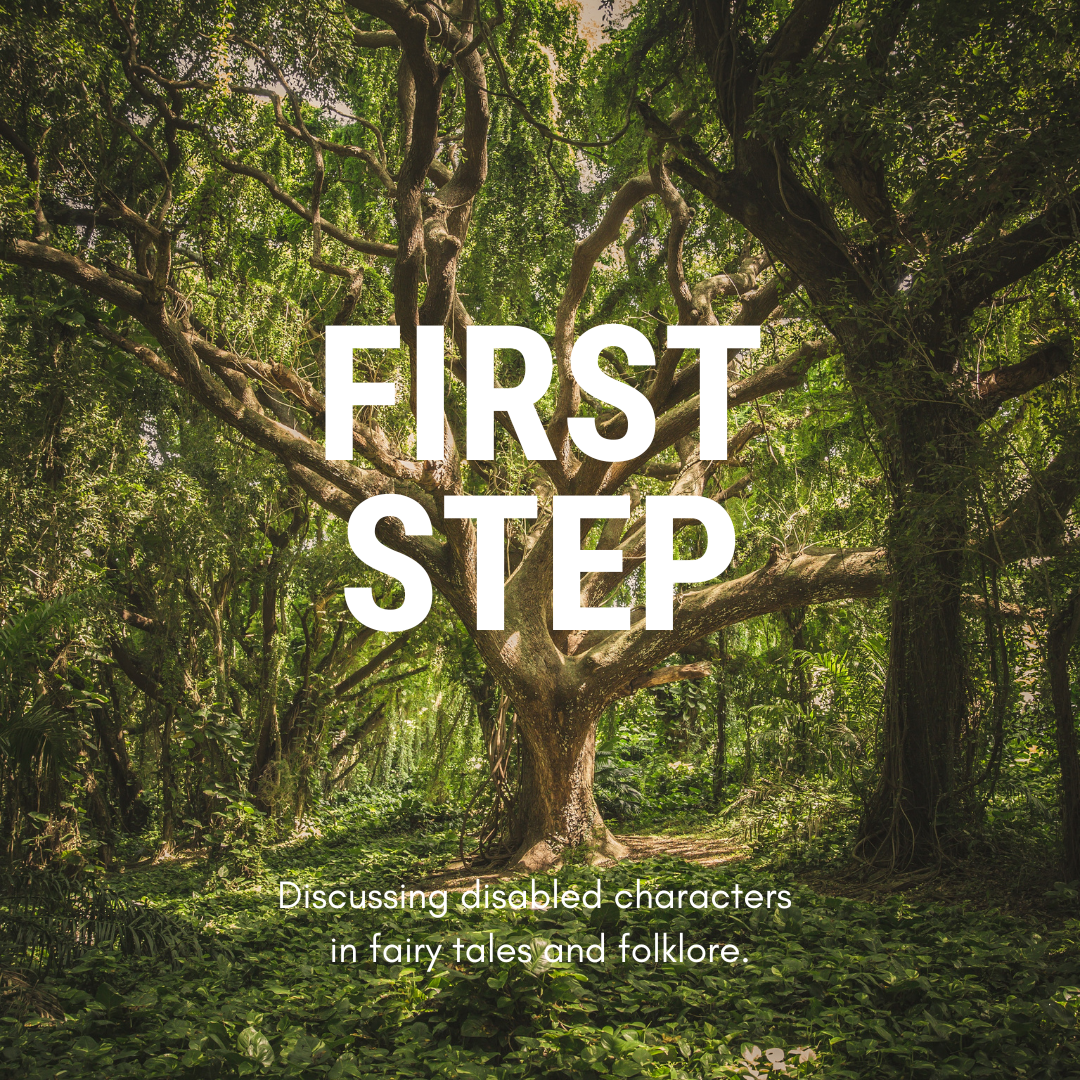|
Honie carefully stepped over the searing, burning brimstones, which sent up an acrid, sulphurous effluvium that irritated her nose and throat. It was the same thing every day. Peering into the meadow next door, she was relieved and surprised to find neatly manicured lawns and murmuring brooks and idyllic pastures. She was still more startled and pleased to observe myriad creatures who had the run of the green space. Honie had never ventured this farm from home till now, having been told that the nether realm was benighted and dirty and harsh. And dangerous. Peeping into the fields, Honie spied pixies, clearly identifiable by their small, butterfly-like wings, their bright green apparel, and their pointy ears. Honie waved a hand at the little creatures but they paid her no mind. Arrayed amongst the many pixies were fewer, but still a significant number, of fairies, who resembled nothing so much as lovely, diminutive females, with long, slender fingers and tapering limbs, but without wings. instead, they whooshed along on the backs of large, obliging birds. The fairies were clad in dreamy, diaphanous gowns and brandished tiny silver wands with which to conjure their magic. They were stunningly beautiful, thought Honie. Finally she saw the tall, fleshy, hirsute ogres, practically walking on their knuckles; they seemed so stupid, she thought with a laugh. How could she join the other creatures? she wondered. They all seemed so joyous, so content, living together in apparent harmony. She, on the other hand, endured a hard scrabble existence without enough food or fresh water and, more urgently, no companionship. In her own land she had not a friend. She bit her lower lip, thinking, then Honie looked down at herself, was unhappy with what she found. She was a boring normal size, not a perfectly formed miniature like the fairies or the pixies; not huge and strong like the ogres; not an adept huntress like the daughters of Artemis. She grasped one of her brown tresses, examined it critically: boring! Everything was just so darn average, she thought miserably. Why couldn't she have what they all had? she wondered enviously. But Honie had always been admonished by the authorities of her own domain, to keep to her own kind. Combining different kinds of creatures, she had been told endlessly, was not only impractical, it was evil. But no one had told her that recently. She was for the first time tempted to join this weird, marvelous menagerie, and was wondering how to go about it when a faun, with its brown, furry legs and sharp little horns, took notice of Honie. It neared the spot where she stood and put its cloven hoof over an imaginary line of demarcation between the two kingdoms. Upon which the creature disintegrated and scattered into a billion atoms. Honie froze, horrified. That was what she had been warned about, she supposed. Before Honie could even think, another creature, an old troll, approached the line as the faun had. Honie wanted to warn the creature away--for every life form had a right to live, she believed--but before she could act, the troll touched the line with its large square foot and a loud crackling noise shocked them both. The troll quickly withdrew his foot and shuffled awkwardly away into dense undergrowth. It wasn't so bad that time, thought Honie. Perhaps, over time, it would be easier for "others" to cross over to each side. This experience taught her something: the first time is always the hardest, but with increased contact and familiarity, obstacles could be overcome. Making up her mind, Honie defiantly stomped her foot down on the line and waited expectantly. There was a light humming beneath her foot--but that was all. Stepping over the line and into the forbidden realm, Honie took herself to where there was food and water and, most importantly, the precious friendship of the other creatures. About the author:
Bill Tope is a retired Public Assistance caseworker who lives in Illinois (almost in the very shadow of the majestic Gateway Arch) with his mean little cat Baby. He has been a construction worker, a cook, a nude model, you name it.
0 Comments
|
Disabled TalesDiscussing disabled characters in fairy tales and folklore! Categories
All
Archives
June 2024
|


